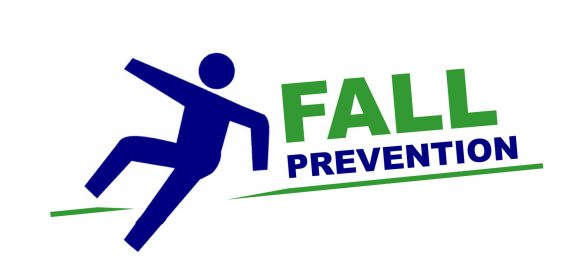Health and Safety Bulletin – May 25b
No Falls Week 12th to 16th May
HSE’s construction industry statistics show that falls from height were the cause of over half (52%) of the construction worker fatalities in 2023 to 2024.
The No Falls Foundation is launching its annual No Falls Week, a campaign dedicated to promoting safe working at height. For more information and resources visit Home – No Falls Foundation
The best way to prevent falls from height is to follow the hierarchy when planning works from height.
1. Avoid Working at Height Whenever Possible – Eliminate the need to work at height.
Examples:
Use extendable tools from the ground.
Prefabricate components at ground level before lifting them into place.
Relocate controls or equipment to accessible, lower levels.
2. Use a Safe Place of Work – Carry out tasks from areas that are already safe.
Examples:
Work from rooftops with permanent parapets or guardrails.
Use plant rooms or enclosed walkways with built-in fall protection.
Access flat roofs via internal staircases rather than ladders.
3. Use Collective Fall Protection Equipment – Protect multiple workers at once without relying on individual behaviour.
Examples:
Erect scaffolding with full edge protection.
Install mobile access towers or MEWPs (Mobile Elevated Work Platforms).
Use guardrails, toe boards, and safety gates on platforms and walkways.
4. Use Personal Protective Equipment (PPE) – Provide individual protection when collective measures aren’t possible.
Examples:
Wear full-body harnesses with shock-absorbing lanyards.
Use retractable fall arrest blocks for vertical movement.
Ensure helmets with chin straps are worn to prevent head injuries.
5. Minimize the Distance of Potential Falls – Reduce how far someone could fall.
Examples:
Install safety nets or soft landing systems below work areas.
Use work restraint systems that prevent reaching fall edges.
Position platforms as close as possible to the work area.
Greens Consultancy Services Ltd (Consultants & Training Providers)
27 Regent Street, Hinckley, Leicestershire, LE10 0AZ
Tel (0116) 216 9224 Email: [email protected]
6. Minimise the Impact of a Fall – Reduce injury severity if a fall occurs.
Examples:
Use energy-absorbing lanyards and fall arrest systems.
Install cushioned landing zones, or safety mats.
Ensure fall arrest systems are anchored correctly and regularly inspected.
7. Ensure Proper Training and Supervision – Equip workers with the knowledge and oversight to work safely.
Examples:
Provide training on working at height, equipment use, and emergency procedures.
Supervise new or inexperienced workers closely.
Conduct regular refresher courses and toolbox talks.
8. Provide PPE and Protection from Falling Objects -Prevent injuries from above.
Examples:
Supply hard hats with chin straps and impact-rated visors.
Install debris netting or overhead protection on scaffolds.
Use tool lanyards to prevent dropped objects.
9. Ensure the Working Environment is Safe – Maintain a hazard-free and well-prepared work area.
Examples:
Inspect access equipment, platforms and edge protection, and PPE before use.
Keep walkways clear of debris and trip hazards.
Monitor weather conditions and postpone work in high winds or rain.
10. Plan for Emergencies and Rescues – Be prepared to respond quickly and effectively to incidents.
Examples:
Develop and communicate a rescue plan for fall incidents.
Ensure rescue equipment is available, and staff are trained in its use.
Practice emergency drills regularly.
Key Reminders
Always conduct a risk assessment before starting work at height.
Ensure all equipment is inspected and certified.
Never rely solely on PPE—prioritise elimination and engineering controls.
Report any unsafe conditions or near misses immediately.

